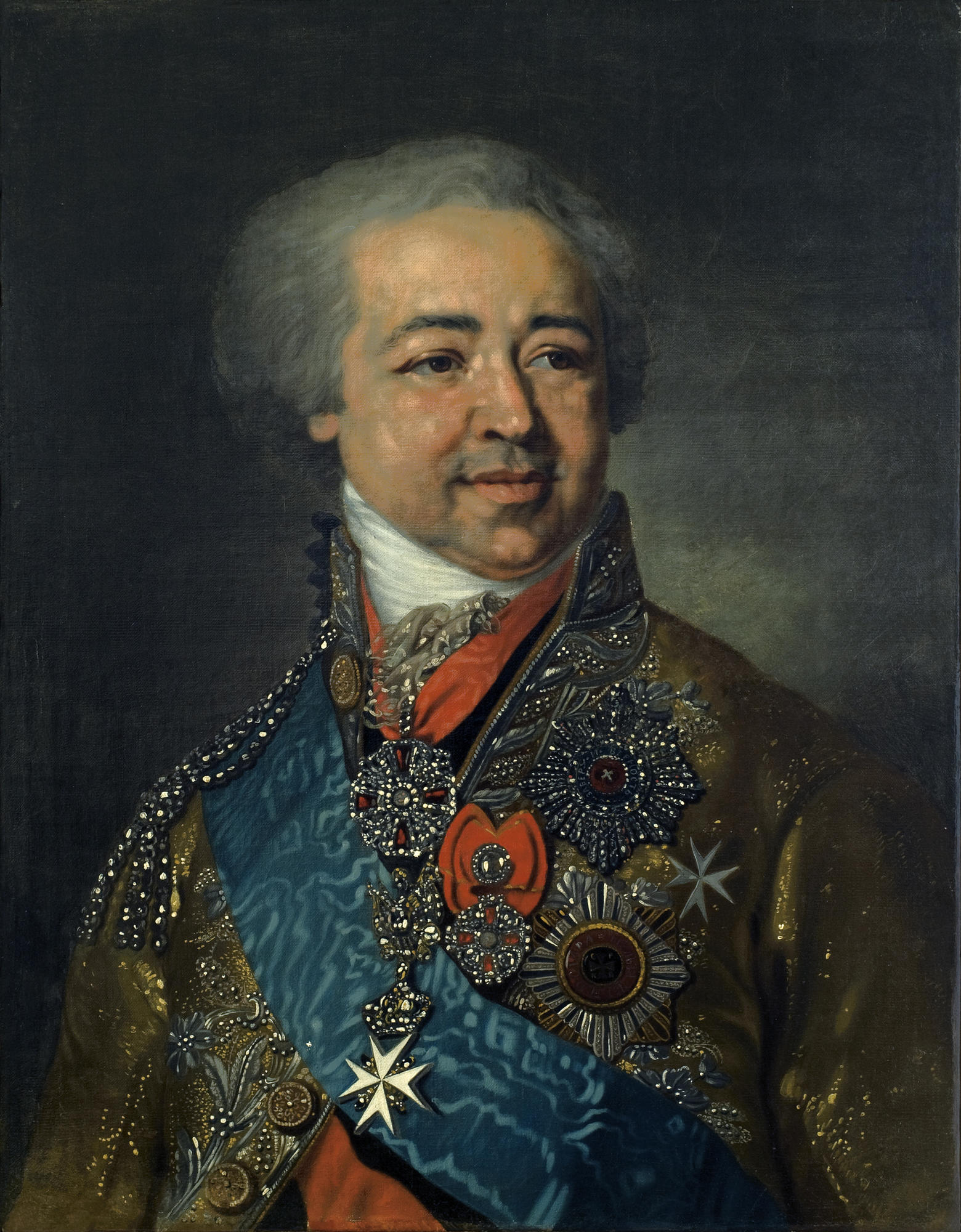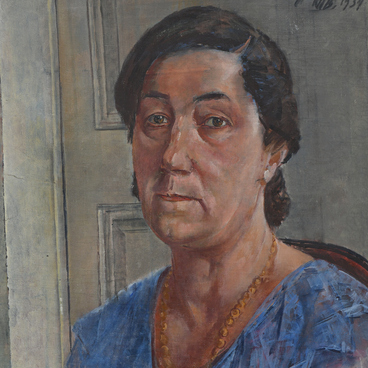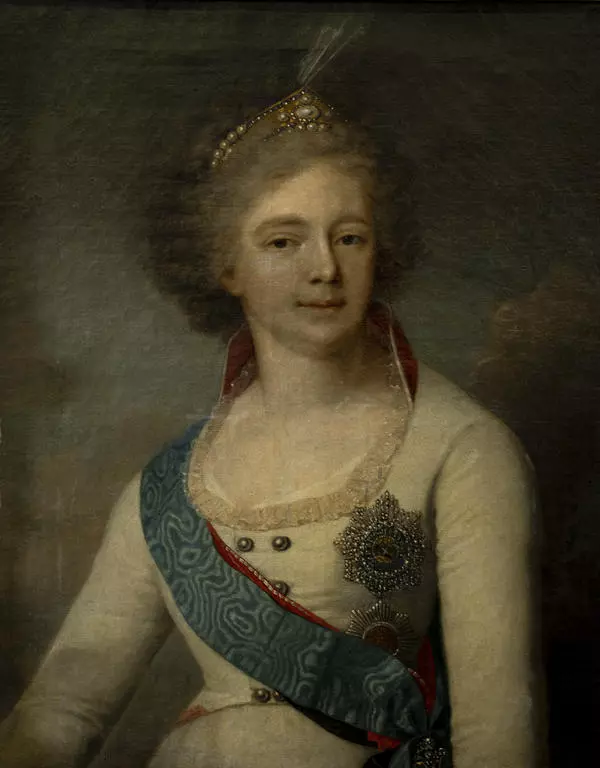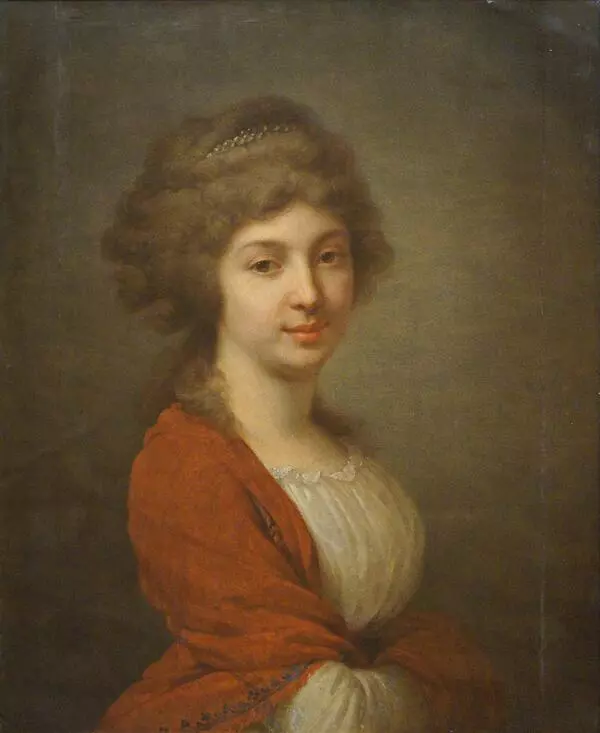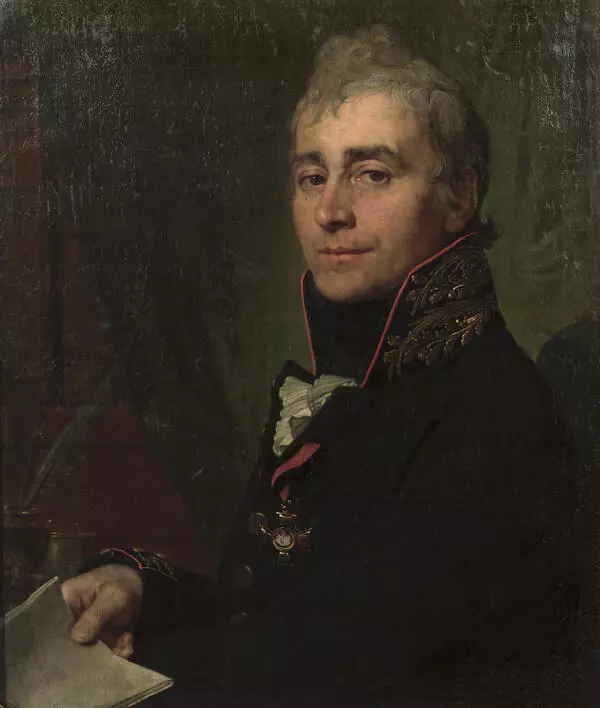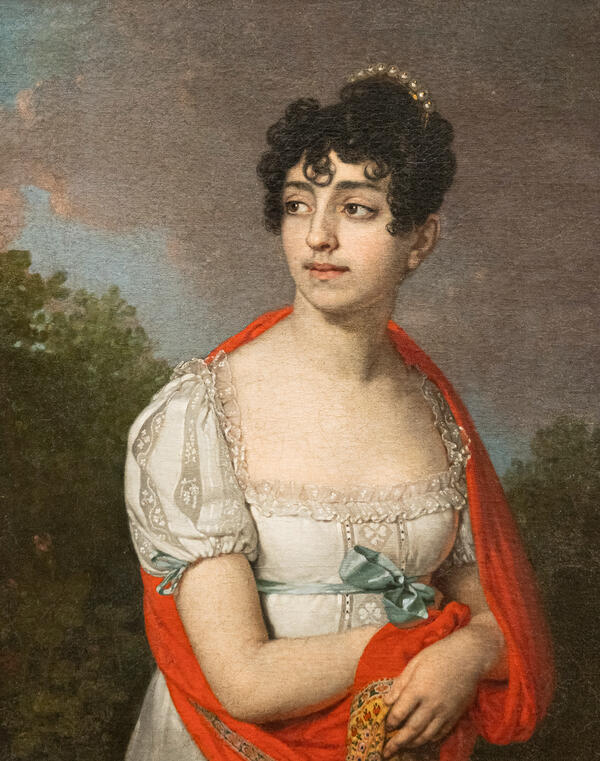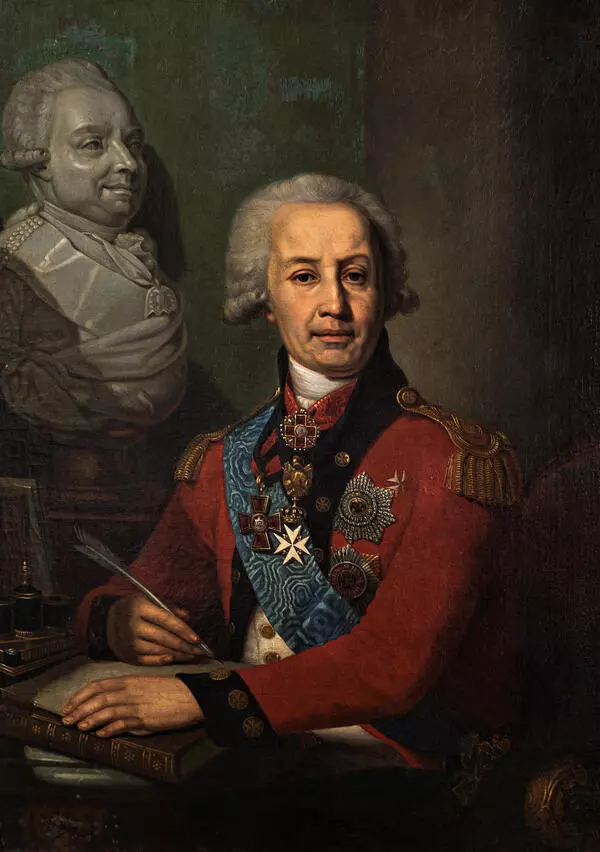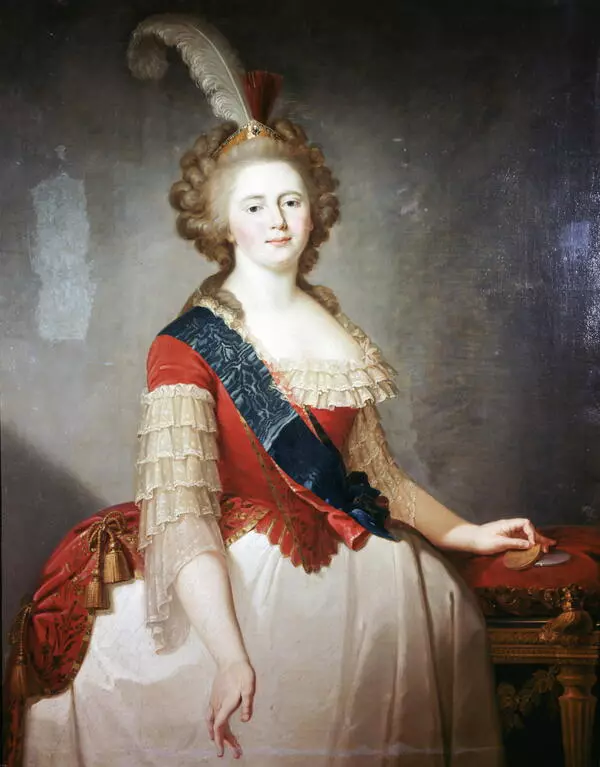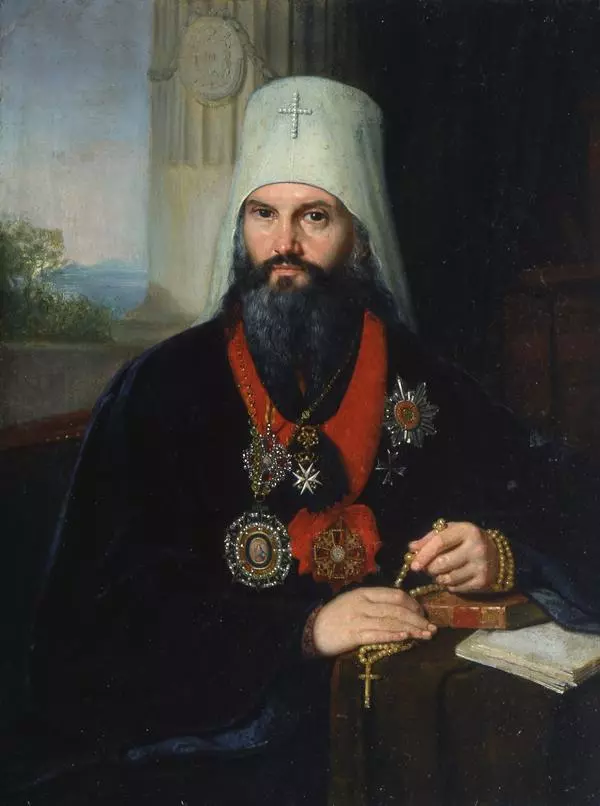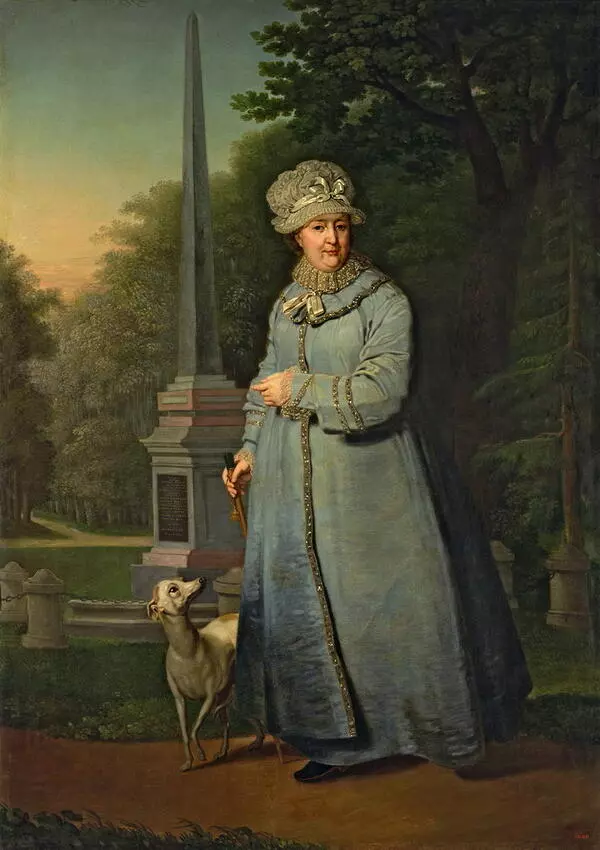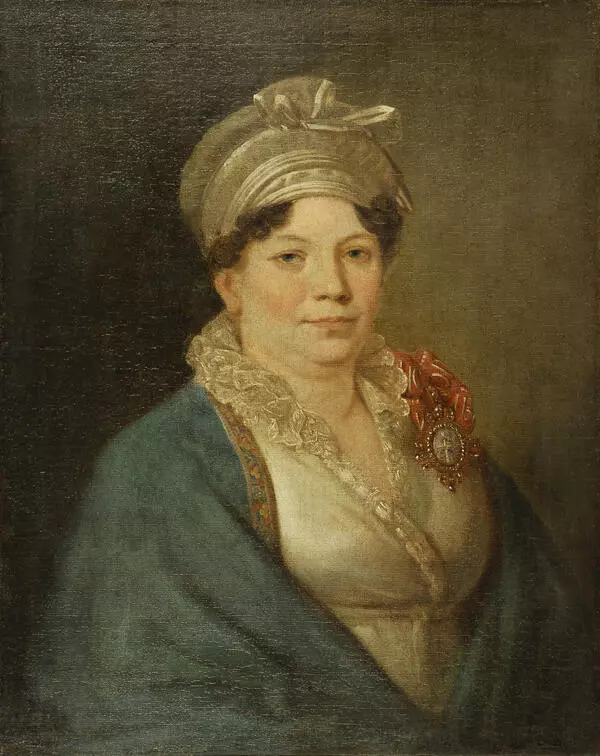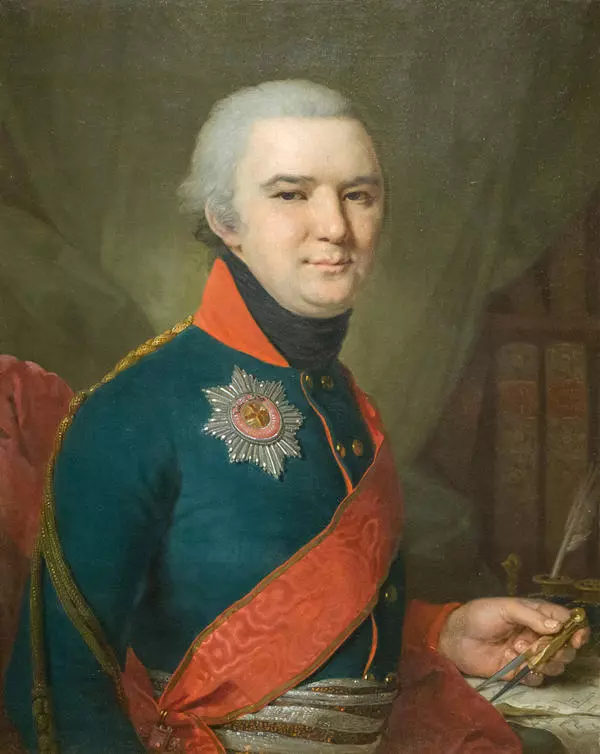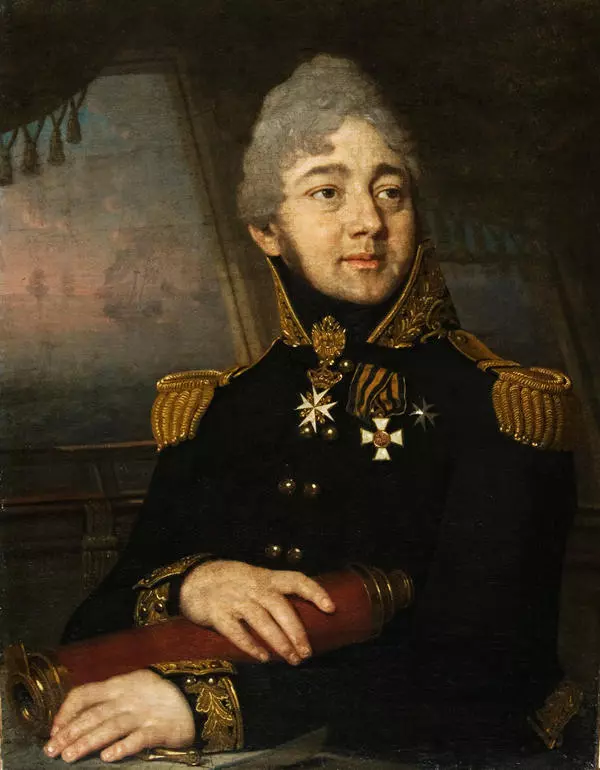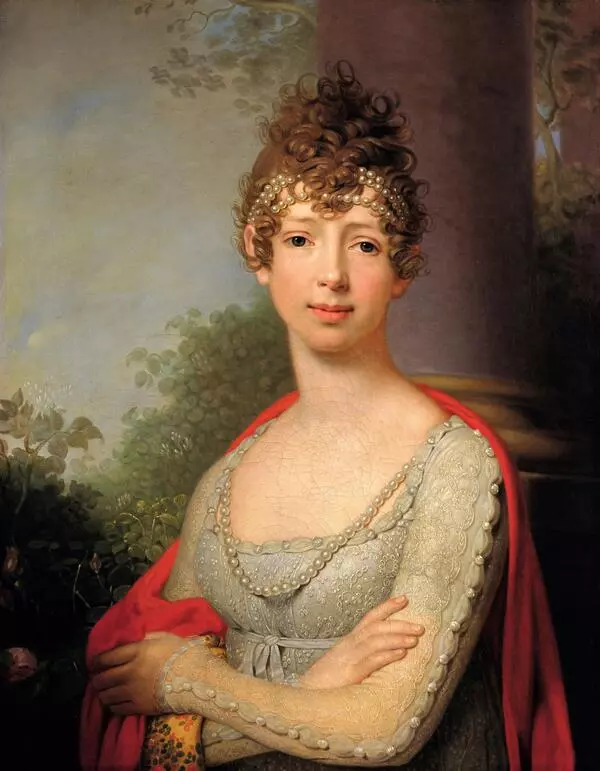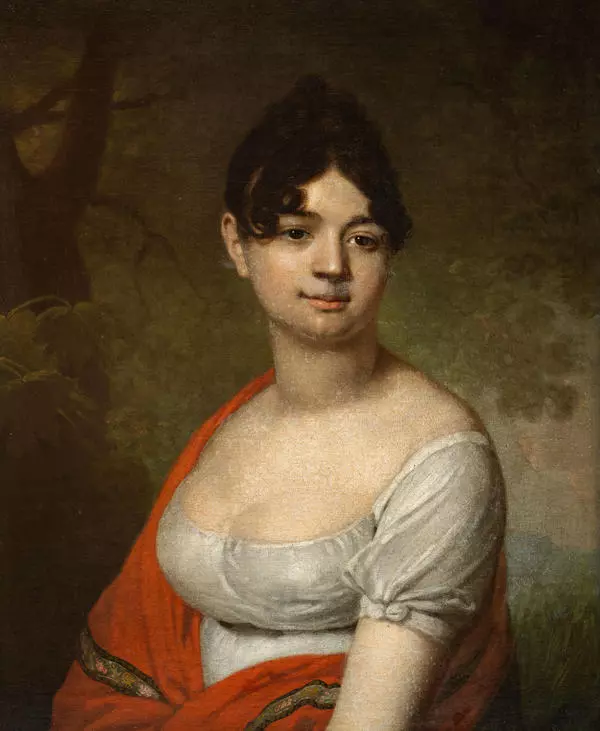Grand portrait of Prince KurAkin from the collection of NovosibIrsk State Art Museum is a variation of the famous artwork from the TretyakOv Gallery collection. It was painted by Vladimir BorovikOvsky, a Russian artist of the 18th century. The period when this artwork was created is considered the time of the artist’s triumph. In the early 19th century, Borovikovsky was extremely popular and in demand. At that time, he painted members of the imperial family and high-ranking courtiers.
The protagonist this very artwork—Alexander Kurakin—also belonged to the upper class of Russian society. He was a diplomat, a Vice-Chancellor, President of the Collegium of Foreign Affairs, and a member of the State Council. As a child, Kurakin was brought up together with the future Emperor Paul I, who, after ascending the throne, appointed him ambassador extraordinary to Austria. During the reign of Alexander I, the Prince also served as an envoy in Vienna and Paris. In 1806 it was he who signed the Treaty of Tilsit with Napoleon on behalf of Russia.
In addition, he was one of the richest people in Russia. Contemporaries recalled that Kurakin was extremely vain and fond of luxurious clothing. For this reason, he was nicknamed “Prince of Diamonds.”
In the portrait by Borovikovsky, the Prince is depicted in all his splendor. The artist deliberately emphasized the bright personality of a brilliant nobleman. He managed to accurately portray his pampered face, a condescending, mocking look and a cunning smile. According to the artist the portrait was supposed to have solemn and praising character. However, it still retained its naturalistic features, making one think about the arrogance of nobles.
Borovikovsky created his most famous works including this portrait at a period when times and artistic movements were changing. Most of them reveal the features of mature classicism — the artist is guided by the traditional genre of grand portrait, which implied following the canon. However, it also gives away the echos of sentimentalism. Through all the splendor that surrounds the Prince in the painting, we can see very genuine and candid features in his facial expression. This is not some ideal representation of a statesman of his time but a real person with conflicting personal qualities.
The protagonist this very artwork—Alexander Kurakin—also belonged to the upper class of Russian society. He was a diplomat, a Vice-Chancellor, President of the Collegium of Foreign Affairs, and a member of the State Council. As a child, Kurakin was brought up together with the future Emperor Paul I, who, after ascending the throne, appointed him ambassador extraordinary to Austria. During the reign of Alexander I, the Prince also served as an envoy in Vienna and Paris. In 1806 it was he who signed the Treaty of Tilsit with Napoleon on behalf of Russia.
In addition, he was one of the richest people in Russia. Contemporaries recalled that Kurakin was extremely vain and fond of luxurious clothing. For this reason, he was nicknamed “Prince of Diamonds.”
In the portrait by Borovikovsky, the Prince is depicted in all his splendor. The artist deliberately emphasized the bright personality of a brilliant nobleman. He managed to accurately portray his pampered face, a condescending, mocking look and a cunning smile. According to the artist the portrait was supposed to have solemn and praising character. However, it still retained its naturalistic features, making one think about the arrogance of nobles.
Borovikovsky created his most famous works including this portrait at a period when times and artistic movements were changing. Most of them reveal the features of mature classicism — the artist is guided by the traditional genre of grand portrait, which implied following the canon. However, it also gives away the echos of sentimentalism. Through all the splendor that surrounds the Prince in the painting, we can see very genuine and candid features in his facial expression. This is not some ideal representation of a statesman of his time but a real person with conflicting personal qualities.
